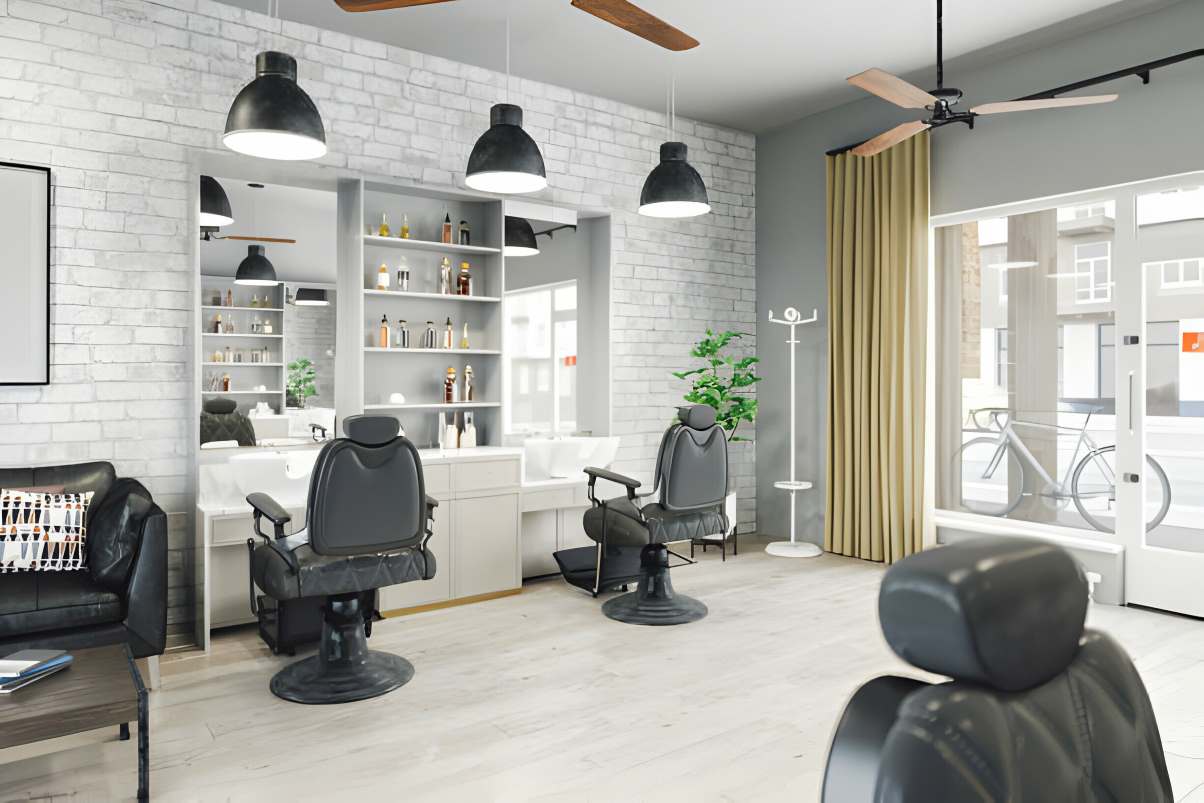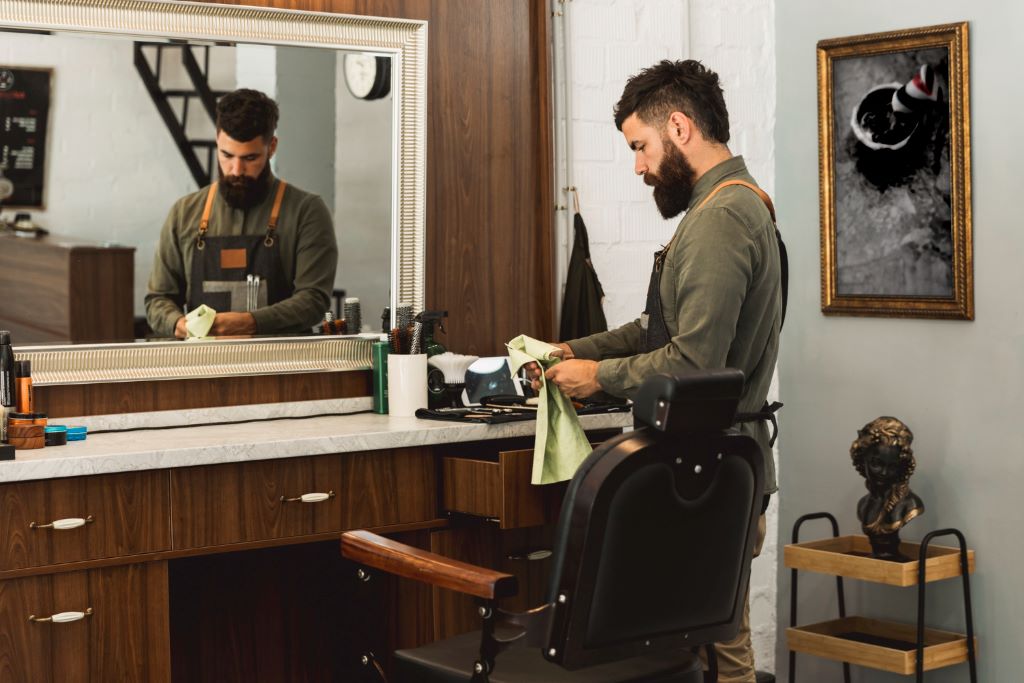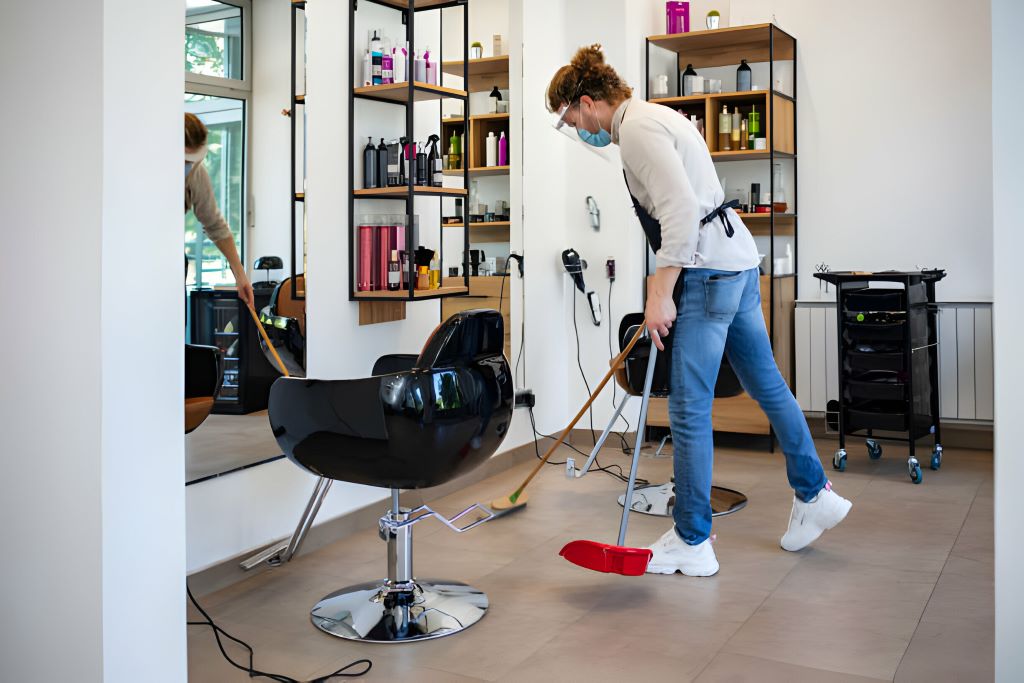In today’s highly competitive beauty industry, salons are constantly seeking innovative ways to attract and retain customers. While the quality of services and products undoubtedly plays a significant role, the impact of salon architecture on customer experience should not be overlooked.
From the layout of the space to the choice of lighting and color scheme, every aspect of salon design contributes to shaping the overall ambiance and influencing customer perceptions.
In this article, we will explore the profound influence of salon architecture on customer experience and how strategic design decisions can enhance client satisfaction and loyalty.
Setting the Stage: The Importance of Salon Architecture
Setting the stage for a memorable salon experience begins with the architectural design. The layout of a salon not only dictates the flow of movement within the space but also sets the tone for relaxation and rejuvenation.
A well-designed salon anticipates the needs of both clients and staff, fostering an environment that promotes comfort and efficiency. Construction by Sierra View ensures meticulous attention to detail, creating spaces that seamlessly integrate functionality with aesthetic appeal.
Creating a Welcoming Environment
Salons serve as sanctuaries for individuals seeking relaxation and rejuvenation. The architectural design of a salon sets the stage for this experience by creating a welcoming and inviting environment.
From the moment a customer walks through the door, they should feel a sense of comfort and tranquility, allowing them to escape from the stresses of everyday life.
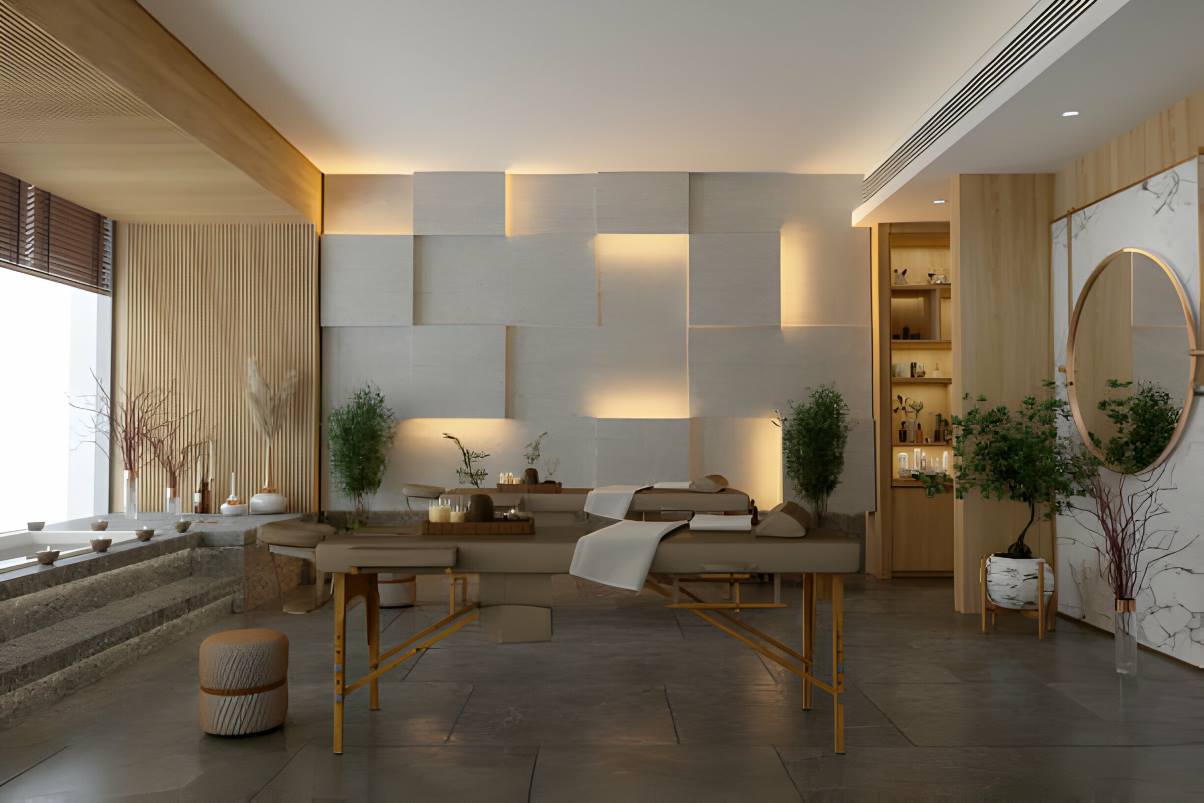
Enhancing Brand Identity
Salon architecture plays a crucial role in conveying the brand identity and values to customers. Whether it’s through the use of sleek and modern design elements or cozy and intimate spaces, the ambiance of a salon should reflect its unique personality.
Consistency in design across all touchpoints, from the physical space to the website and marketing materials, helps reinforce brand recognition and fosters a sense of trust and loyalty among customers.
Spatial Design: Optimizing Flow and Functionality
Spatial design in salons is essential for optimizing flow and functionality, ensuring a seamless experience for both clients and staff. By carefully planning the layout of the space, salons can minimize congestion, especially during peak hours, and maximize space utilization
Efficient Space Utilization
Effective spatial design is essential for optimizing the flow of movement within the salon and ensuring a seamless experience for both customers and staff. A well-designed layout maximizes space utilization while minimizing congestion, particularly during peak hours.
Creating Zones for Different Services
Salons often offer a range of services, from haircuts and styling to manicures and massages. Designating specific zones within the salon for each service allows for better organization and workflow management.
For example, a dedicated area for hair washing and styling helps minimize noise and distractions, creating a more relaxing experience for customers.
Lighting: Setting the Mood and Enhancing Visibility
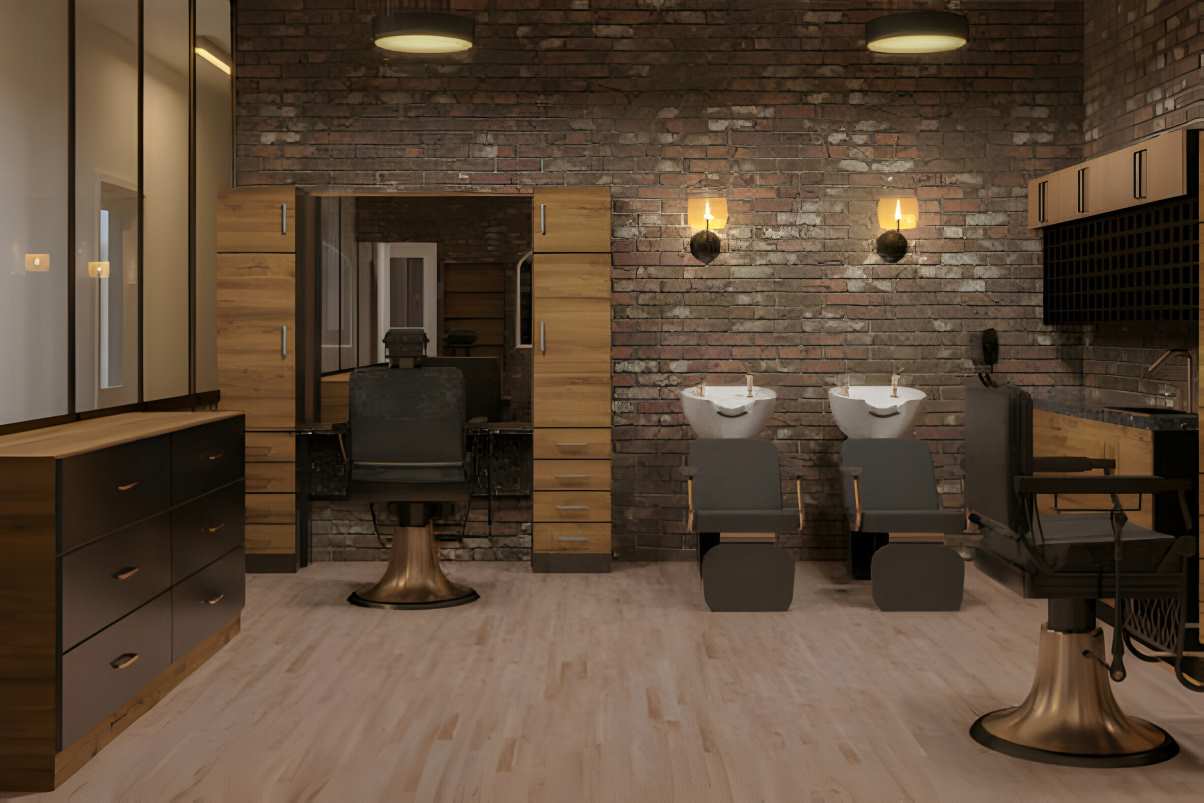
Good lighting design is crucial in a salon, as it sets the mood and enhances visibility for both clients and staff. Natural light creates a welcoming atmosphere, while artificial lighting is essential for spaces with limited daylight.
Importance of Lighting Design
Lighting plays a crucial role in setting the mood and ambiance of a salon. Natural light is ideal for creating a warm and inviting atmosphere, but artificial lighting is equally important, especially in spaces with limited access to daylight.
Enhancing Visibility and Comfort
Good lighting design not only sets the mood but also enhances visibility and comfort for both customers and staff. Proper lighting levels are essential for performing precise tasks such as hair cutting and coloring, while softer ambient lighting creates a more relaxing environment for customers during treatments and services.
Color Psychology: Creating Emotional Connections
Color psychology is a powerful tool in salon design, as different colors evoke specific emotions and perceptions. Warm tones like soft pastels and earthy neutrals create a sense of warmth and tranquility, perfect for fostering relaxation
Impact of Color on Mood and Perception

Color has a profound effect on human emotions and perceptions, making it a powerful tool in salon design. Warm tones such as soft pastels and earthy neutrals evoke feelings of warmth and tranquility, while bold colors like red and orange can create a sense of energy and excitement.
Reinforcing Brand Identity
The color scheme of a salon should reflect its brand identity and values, reinforcing the overall theme and aesthetic.
For example, a luxury salon may opt for a palette of rich jewel tones and metallic accents to convey a sense of opulence and sophistication, while a bohemian-inspired salon might use earthy tones and natural materials to create a relaxed and laid-back atmosphere.
Comfortable Furnishings: Enhancing the Client Experience
Comfortable furnishings play a crucial role in enhancing the client experience at a salon. From plush seating to ergonomic chairs, every aspect of the furniture contributes to creating a welcoming and relaxing environment for customers.
Importance of Comfort
Comfortable furnishings are essential for creating a welcoming and relaxing environment for salon customers. Ergonomic chairs, plush seating, and soft textiles contribute to a sense of luxury and pampering, making customers feel valued and cared for during their visit.
Creating Relaxing Waiting Areas
Waiting areas are often the first point of contact for salon customers, so it’s essential to create a positive first impression. Comfortable seating, soothing music, and complimentary refreshments can help create a welcoming and relaxing atmosphere for customers while they wait for their appointments.
Conclusion
In conclusion, the architectural design of a salon has a significant impact on customer experience, influencing everything from comfort and mood to brand perception and loyalty.
By carefully considering factors such as spatial layout, lighting design, color psychology, comfortable furnishings, and technology integration, salon owners can create environments that not only attract customers but also leave a lasting impression.
Ultimately, investing in thoughtful and strategic design decisions is essential for elevating the salon’s brand, enhancing customer satisfaction, and ensuring long-term success in the competitive beauty industry.

